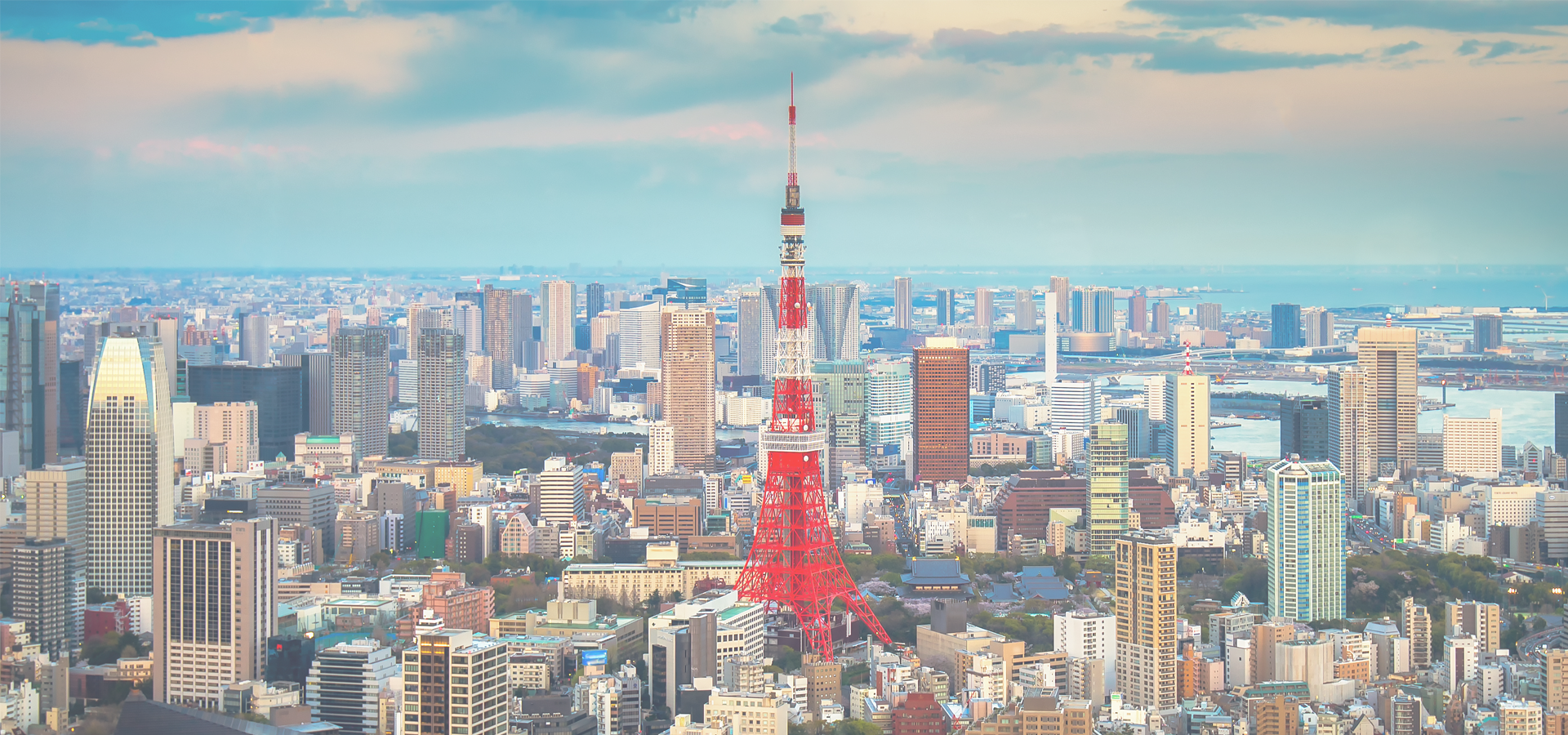Shingū, Wakayama Prefecture, Kansai Region, Japan
🇯🇵 Shingū is a city located in Wakayama Prefecture, Japan. Shingū literally means 'New Shrine' and refers to Hayatama Shrine, one of the Three Grand Shrines of Kumano. The 'old shrine' would be Kamikura Shrine.
Geography Shingū is located near the southern tip of Wakayama Prefecture on the Kii Peninsula, on the west side of the mouth of the Kumano River. It faces the Pacific Ocean to the east. Parts of the city are within the limits of the Yoshino-Kumano National Park.
Neighboring municipalities Wakayama Prefecture • Tanabe; • Kozagawa; • Nachikatsuura; Mie Prefecture • Kumano; • Kihō; Nara Prefecture • Totsukawa.
History The area of the modern city of Shingū was within ancient Kii Province, and per the Nihon Shoki was the home of the Kumano Kuni no miyatsuko, a local king ruling the Kumano region which straddles what is now southern Wakayama and Mie prefectures. The settlement had prospered since before the Kamakura period as a timber distribution centre using the Kumano River, and as an entrance to the Kumano Sanzan shrines. During the Edo period, it was part of the holdings of the Kii Tokugawa clan, and was the castle town of the Shingū Domain during the Edo period. After the Meiji restoration, the area became part of the Higashimuro District, Wakayama, and the town of Shingū was established with the creation of the modern municipalities system on April 1, 1889. Shingū and the neighboring town of Miwasaki merged to form the city of Shingū on October 1, 1933. Shingū annexed the village of Takeda on September 30, 1956. On October 1, 2005, the town of Kumanogawa (from Higashimuro District), an exclave between Nara and Mie prefectures, was merged with Shingū.
Government Shingū has a mayor-council form of government with a directly elected mayor and a unicameral city council of 15 members. Shingū contributes one member to the Wakayama Prefectural Assembly. In terms of national politics, the city is part of Wakayama 3rd district of the lower house of the Diet of Japan.
Economy Shingū is the central commercial city of the Kumano Region and is one of the largest cities in Wakayama Prefecture. Primary industries include forestry, commercial fishing, growing of leafy vegetables such as komatsuna and horticulture, and "Kumano brand" beef. Secondary industries are centered around timber and paper processing.
Education Shingū has five public elementary schools and five public middle schools operated by the city government and two public high schools operated by the Wakayama Prefectural Department of Education. The city also has one private middle school and one private high school. The prefecture also operates one special education school for the handicapped, and one vocational education school.
Transport: Rail JR Tōkai – Kisei Main Line • Shingū
JR West – Kisei Main Line • Shingū - Miwasaki - Kii-Sano
Transport: Road • Nachikatsuura-Shingū Road • National Route 42 • National Route 168 • National Route 169 • National Route 311.
Local attractions • Shingū Castle ruins, National Historic Site • Kumano Hayatama Taisha, one of the Kumano Sanzan shrines • Ōmine Okugakemichi and the Kumano Kodō, parts of the Sacred Sites and Pilgrimage Routes in the Kii Mountain Range, a UNESCO World Heritage Site • Kumano River • Kamikura Shrine, with the object of worship a great sacred rock called "Gotobiki-iwa".
Cuisine A main dish is Nare-zushi, a very traditional type of sushi which, centuries ago, was imported from Southeast Asia to China, and from China to Japan. Narezushi was the birth of sushi, and influenced how the Japanese later made their own styles of sushi that most of us know today.
Tokyo Time

Shingū has a population of over 27,491 people. Shingū also forms part of the wider Wakayama Prefecture which has a population of over 944,320 people. Shingū is situated 90 km east of Tanabe.
Twin Towns, Sister Cities Shingū has links with:
🇯🇵 Natori, Japan 🇺🇸 Santa Cruz, USA🇺🇸 Douglasville 33.733
🇺🇸 Douglassville 33.751
🇨🇳 Pingdingshan 33.767
🇺🇸 Cathedral City 33.767
🇺🇸 Palm Desert 33.717
🇲🇦 Mohammedia 33.703
🇺🇸 Myrtle Beach 33.694
🇺🇸 Huntington Beach 33.68
🇺🇸 Deer Valley 33.669
🇺🇸 Lake Elsinore 33.667
🇯🇵 Ōmihachiman 136.098
🇯🇵 Higashiōmi 136.2
Locations Near: Shingū 135.997,33.7237
🇯🇵 Tanabe 135.388,33.728 d: 56.3
🇯🇵 Hashimoto 135.621,34.305 d: 73.3
🇯🇵 Kashihara 135.799,34.498 d: 88
🇯🇵 Sakurai 135.856,34.511 d: 88.5
🇯🇵 Katsuragi 135.733,34.483 d: 87.9
🇯🇵 Kinokawa 135.36,34.26 d: 83.7
🇯🇵 Kawachinagano 135.566,34.453 d: 90.2
🇯🇵 Iwade 135.317,34.25 d: 85.8
Antipodal to: Shingū -44.003,-33.724
🇧🇷 Tubarão -49,-28.467 d: 19261.6
🇧🇷 Criciúma -49.372,-28.678 d: 19256.7
🇧🇷 São José -48.617,-27.6 d: 19203.9
🇧🇷 Palhoça -48.667,-27.633 d: 19204.4
🇧🇷 Biguaçu -48.667,-27.5 d: 19191.9
🇧🇷 Viamão -51.023,-30.088 d: 19239.2
🇧🇷 Gravataí -50.983,-29.933 d: 19232.8
🇧🇷 Alvorada -51.079,-30.001 d: 19229.3
🇧🇷 Cachoeirinha -51.083,-29.95 d: 19225.8